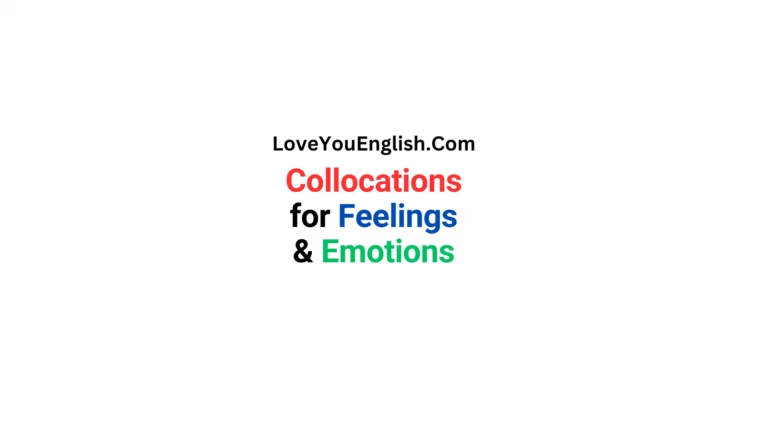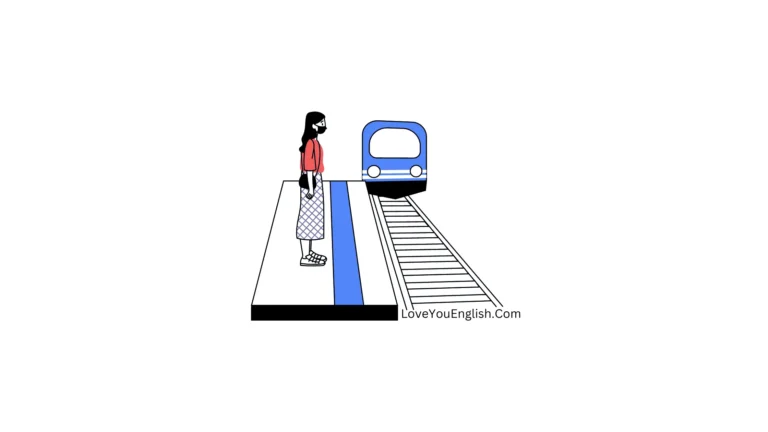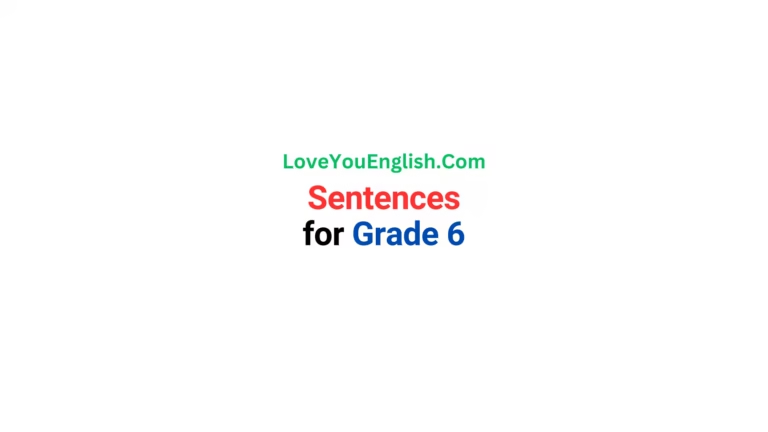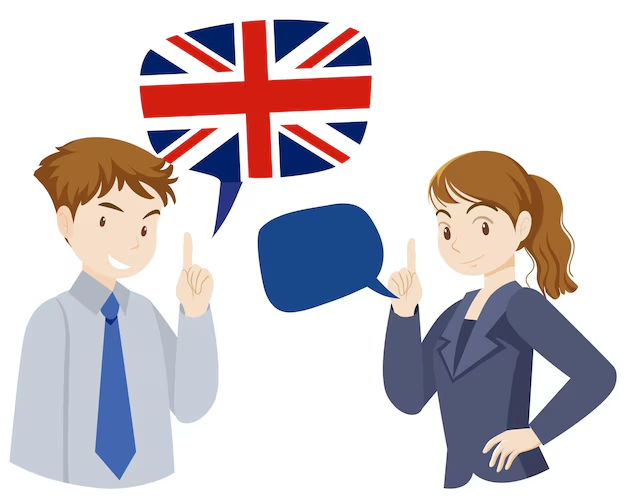The Ultimate Guide to English Grammar for Learners
Welcome to your one-stop guide to mastering English grammar!
If you’ve ever felt confused by tenses, articles, or sentence structure, you’re not alone.
English grammar may seem difficult at first—but once you understand the basic rules, it becomes much easier.
In this guide, I’ll walk you through the most important grammar topics in a simple and clear way.
Whether you’re just starting out or want to refresh your grammar knowledge, this post is for you.
I’ve explained everything step-by-step with examples.
Here’s what you’ll learn in this guide:
- How to use tenses correctly while speaking and writing
- What modal verbs are and how they add meaning to your sentences
- The difference between active and passive voice (and when to use them)
- The correct use of articles like a, an, and the
- How to use prepositions in everyday English sentences
Each section includes practical examples so you can start using what you learn right away.
I’ve also added links to detailed posts if you want to explore a topic deeply.
So, whether you’re learning English for school, job interviews, or daily conversation—this guide will help you build a strong foundation.
👉 Tip: Bookmark this page so you can come back to it whenever you need help with grammar!
Ready to begin?
Let’s start with the most important part of English grammar—Tenses.
📘 Chapter 1: Tenses Explained Simply
Tenses are used to express when an action happens: in the present, past, or future.
Mastering tenses is one of the most important steps in learning English.
There are three main tenses, and each has four forms:
| Tense | Forms |
| Present | Simple, Continuous, Perfect, Perfect Continuous |
| Past | Simple, Continuous, Perfect, Perfect Continuous |
| Future | Simple, Continuous, Perfect, Perfect Continuous |
Let’s break each one down with clear structure and examples.
✅ 1. Present Tense
➤ Simple Present
Structure: Subject + base verb (+s/es)
Examples:
- I walk to school.
- She drinks coffee every morning.
➤ Present Continuous
Structure: Subject + am/is/are + verb+ing
Examples:
- I am studying English.
- They are playing football.
➤ Present Perfect
Structure: Subject + has/have + past participle
Examples:
- He has finished his work.
- We have visited London twice.
➤ Present Perfect Continuous
Structure: Subject + has/have been + verb+ing
Examples:
- I have been learning English for two years.
- She has been working all day.
✅ 2. Past Tense
➤ Simple Past
Structure: Subject + past verb
Examples:
- I watched a movie last night.
- They visited Paris last summer.
➤ Past Continuous
Structure: Subject + was/were + verb+ing
Examples:
- I was reading a book.
- They were cooking dinner.
➤ Past Perfect
Structure: Subject + had + past participle
Examples:
- She had left before I arrived.
- We had eaten before the guests came.
➤ Past Perfect Continuous
Structure: Subject + had been + verb+ing
Examples:
- He had been waiting for an hour.
- They had been playing since morning.
✅ 3. Future Tense
➤ Simple Future
Structure: Subject + will + base verb
Examples:
- I will call you tomorrow.
- She will travel next week.
➤ Future Continuous
Structure: Subject + will be + verb+ing
Examples:
- I will be studying in the evening.
- They will be working on the project.
➤ Future Perfect
Structure: Subject + will have + past participle
Examples:
- He will have completed the task by 5 PM.
- We will have reached the station by then.
➤ Future Perfect Continuous
Structure: Subject + will have been + verb+ing
Examples:
- She will have been teaching for ten years.
- They will have been living here since 2020.
✨ Quick Practice Tip:
Start with the three basic tenses:
- Simple Present
- Simple Past
- Simple Future
These are used most often in daily conversations.
🔗 Want to dive deeper?
👉 Read the full guide: Learn ALL Tenses in English: The Complete Course
📘 Chapter 2: Modal Verbs Made Easy
Modal verbs are special helping verbs that add meaning to the main verb in a sentence.
They show possibility, ability, permission, advice, necessity, or obligation.
Here are the most common modal verbs in English:
can, could, may, might, must, shall, should, will, would
Let’s look at each one with simple explanations and examples.
✅ 1. Can – ability or permission
Examples:
- I can swim. (ability)
- Can I use your phone? (permission)
✅ 2. Could – past ability or polite request
Examples:
- She could read when she was four. (past ability)
- Could you please open the window? (polite request)
✅ 3. May – formal permission or possibility
Examples:
- You may leave early today. (permission)
- It may rain this evening. (possibility)
✅ 4. Might – less certain possibility
Examples:
- He might come to the party.
- We might travel next weekend.
✅ 5. Must – strong necessity or logical conclusion
Examples:
- You must wear a helmet. (necessity)
- She must be tired after working all day. (deduction)
✅ 6. Shall – formal future or suggestion (mostly with “I” and “we”)
Examples:
- Shall we begin the meeting?
- I shall return tomorrow. (formal)
✅ 7. Should – advice or expectation
Examples:
- You should drink more water. (advice)
- He should be here by now. (expectation)
✅ 8. Will – certain future action or promise
Examples:
- I will call you later.
- She will help you with your homework.
✅ 9. Would – polite request, past habit, or imaginary situations
Examples:
- Would you like some coffee? (polite)
- When we were kids, we would play outside for hours. (past habit)
- I would travel the world if I had money. (imaginary)
🔑 Quick Tips to Remember
- Use can/could for ability and requests.
- Use may/might for possibilities.
- Use must/should for advice or rules.
- Use will/would for future or polite speech.
👉 Practice writing your own examples to make these verbs part of your daily speaking.
🔗 Want to learn more?
👉 Read our full guide: Modal Verbs – Meaning, Usage & Examples
📘 Chapter 3: Active vs Passive Voice Explained Simply
In English, we can write sentences in two ways: Active Voice or Passive Voice.
✅ What is Active Voice?
In active voice, the subject does the action.
Structure:
Subject + Verb + Object
Examples:
- The chef cooked dinner.
- She wrote a letter.
👉 These are direct and clear. Most sentences in spoken and written English are in the active voice.
✅ What is Passive Voice?
In passive voice, the object becomes the subject of the sentence. The focus is on the action, not who did it.
Structure:
Object + form of “be” + past participle (+ by + doer)
Examples:
- Dinner was cooked by the chef.
- A letter was written by her.
Sometimes, the “doer” is not mentioned:
- The work was completed.
- The book was published in 2020.
✅ When to Use Passive Voice
- When the doer is unknown:
My wallet was stolen. - When the doer is not important:
The streets are cleaned every day. - When you want to focus on the action or result:
A new hospital was built last year.
✅ Changing Active to Passive
Here’s how you change the sentence from active to passive:
Step 1: Move the object to the subject position
Step 2: Use the correct form of “be”
Step 3: Use the past participle of the verb
Step 4 (optional): Add “by” + original subject
🔁 Example Conversions
| Active | Passive |
| She sings a song. | A song is sung by her. |
| They are watching a movie. | A movie is being watched by them. |
| He wrote a book. | A book was written by him. |
| We will finish the work. | The work will be finished by us. |
✅ Tip to Remember
- Active voice = Clear, direct, strong
- Passive voice = More formal, sometimes vague
👉 Use active voice in most situations, especially in writing emails, stories, and blog posts.
🔗 Want more practice?
Please read: How to Use the English Passive Voice: A Simple Guide
📘 Chapter 4: Articles – A, An, The
Articles are small words we use before nouns.
They help define whether we’re talking about something specific or general.
There are two types of articles:
✅ 1. Indefinite Articles: A / An
Use “a” or “an” when you are talking about something not specific or for the first time.
➤ Use “a” before words that begin with a consonant sound
Examples:
- a car
- a book
- a university (“you-ni-ver-si-ty” starts with a consonant sound)
➤ Use “an” before words that begin with a vowel sound (a, e, i, o, u)
Examples:
- an apple
- an umbrella
- an hour (starts with a vowel sound “our”)
🟡 Remember: It’s about sound, not spelling.
✅ 2. Definite Article: The
Use “the” when you are talking about a specific person or thing, or something that is already known to the listener or reader.
Examples:
- The sun is bright today. (There is only one sun — specific)
- I saw a dog and a cat. The dog was brown. (Second mention)
- Please pass me the salt. (Listener knows which salt)
✅ When NOT to Use Articles
❌ No article with plural nouns when talking in general:
- Dogs are friendly.
- Books can teach us a lot.
❌ No article before names of people, cities, or countries (in most cases):
- I visited India.
- Maria is a teacher.
✅ But some names do use “the”:
- The United States
- The Taj Mahal
- The Himalayas
🔁 Quick Comparison
| Article | Use | Example |
| a | one non-specific thing (before consonant sound) | a pencil, a house |
| an | one non-specific thing (before vowel sound) | an egg, an idea |
| the | a specific or known thing | the moon, the car we saw |
✨ Practice Tip:
Think of “a/an” as the first time you introduce something, and “the” when you’re talking about it again or when it’s already known.
🔗 Read more: How Do I Use Articles ‘A’, ‘An’, and ‘The’ Correctly?
📘 Chapter 5: Prepositions in Use
Prepositions are small words that show the relationship between a noun/pronoun and another word in the sentence. They usually tell us about place, time, direction, or cause.
Some of the most common prepositions include:
in, on, at, to, from, for, of, with, about, over, under, between, into, during, after, before
✅ 1. Prepositions of Place
These show where something is.
| Preposition | Use | Example |
| in | inside something | She is in the room. |
| on | on a surface | The book is on the table. |
| at | at a point/place | He is at the door. |
| under | below something | The shoes are under the bed. |
| over | above something (not touching) | The painting hangs over the sofa. |
| between | in the space separating two things | The school is between the park and the hospital. |
✅ 2. Prepositions of Time
These show when something happens.
| Preposition | Use | Example |
| in | months, years, long periods | in January, in 2024, in the evening |
| on | days and dates | on Monday, on July 5th |
| at | specific time or holiday period | at 7 PM, at Christmas |
| before | earlier than a time | before lunch |
| after | later than a time | after the meeting |
| during | throughout a period | during the movie |
✅ 3. Prepositions of Direction/Movement
These show movement from one place to another.
| Preposition | Use | Example |
| to | movement toward a place | I’m going to the market. |
| into | entering something | She went into the room. |
| onto | moving to a surface | He jumped onto the bed. |
| out of | leaving something | They ran out of the house. |
✅ 4. Other Common Prepositions
| Preposition | Use | Example |
| of | shows belonging | A glass of water |
| for | purpose or benefit | This gift is for you. |
| with | together or using | I went with my friend. / I cut it with a knife. |
| about | related to | We talked about movies. |
✨ Quick Tips:
- Prepositions are always followed by a noun or pronoun.
- You can’t end a sentence with a preposition in formal writing.
- Many prepositions are part of phrasal verbs:
look after, give up, turn on, get into.
🔗 Read more: How to Use Prepositions in English with Confidence
More topics:
- What Is Subject-Verb Agreement?
- Mastering the Relative Clause in English
- There vs. Their vs. They’re: What’s the Difference?
- How to Use Prepositions in English with Confidence


